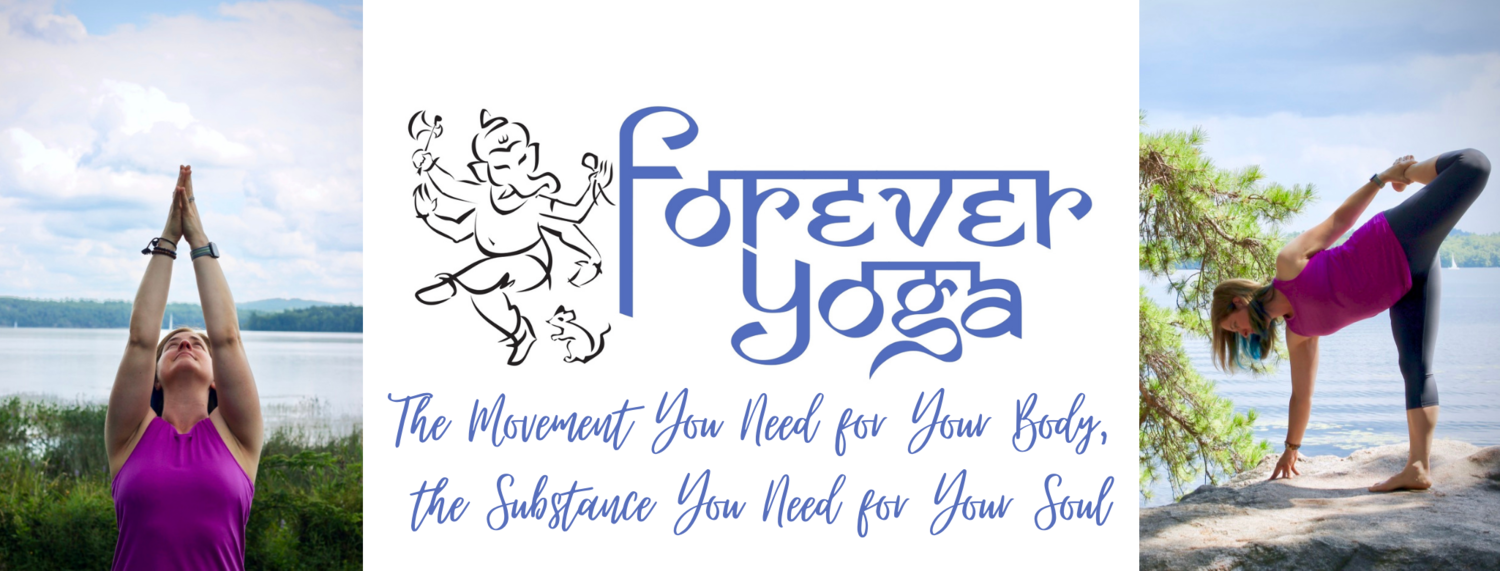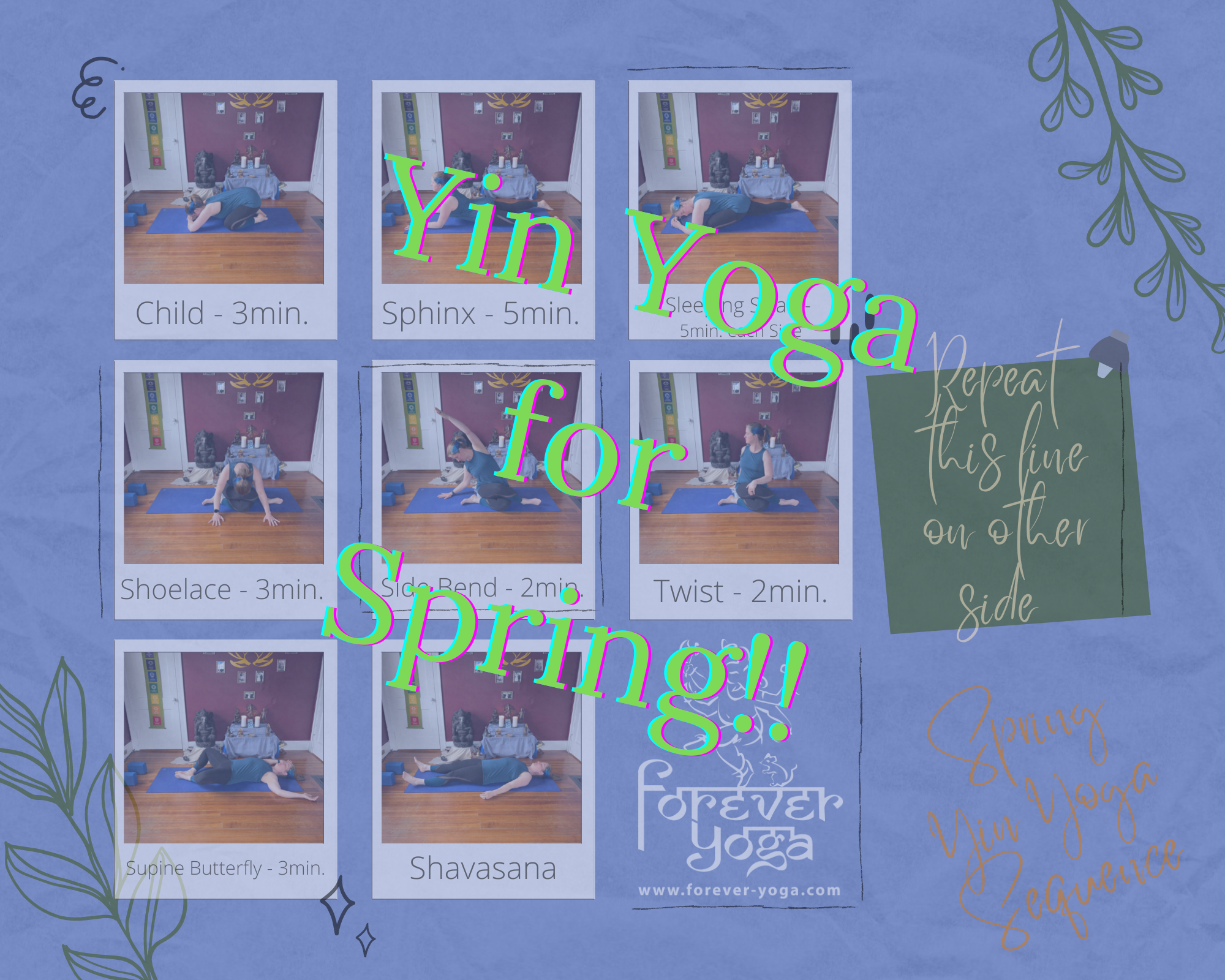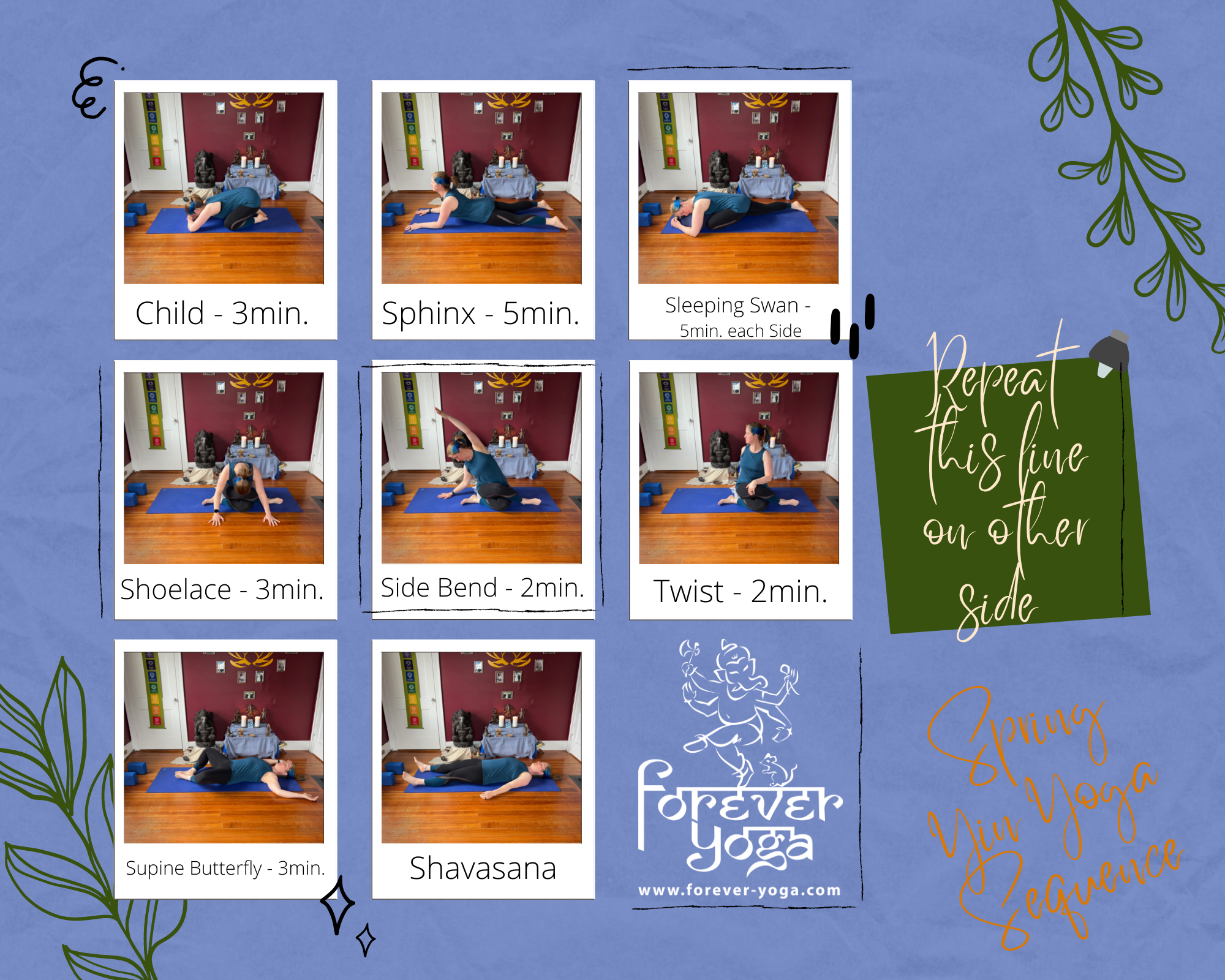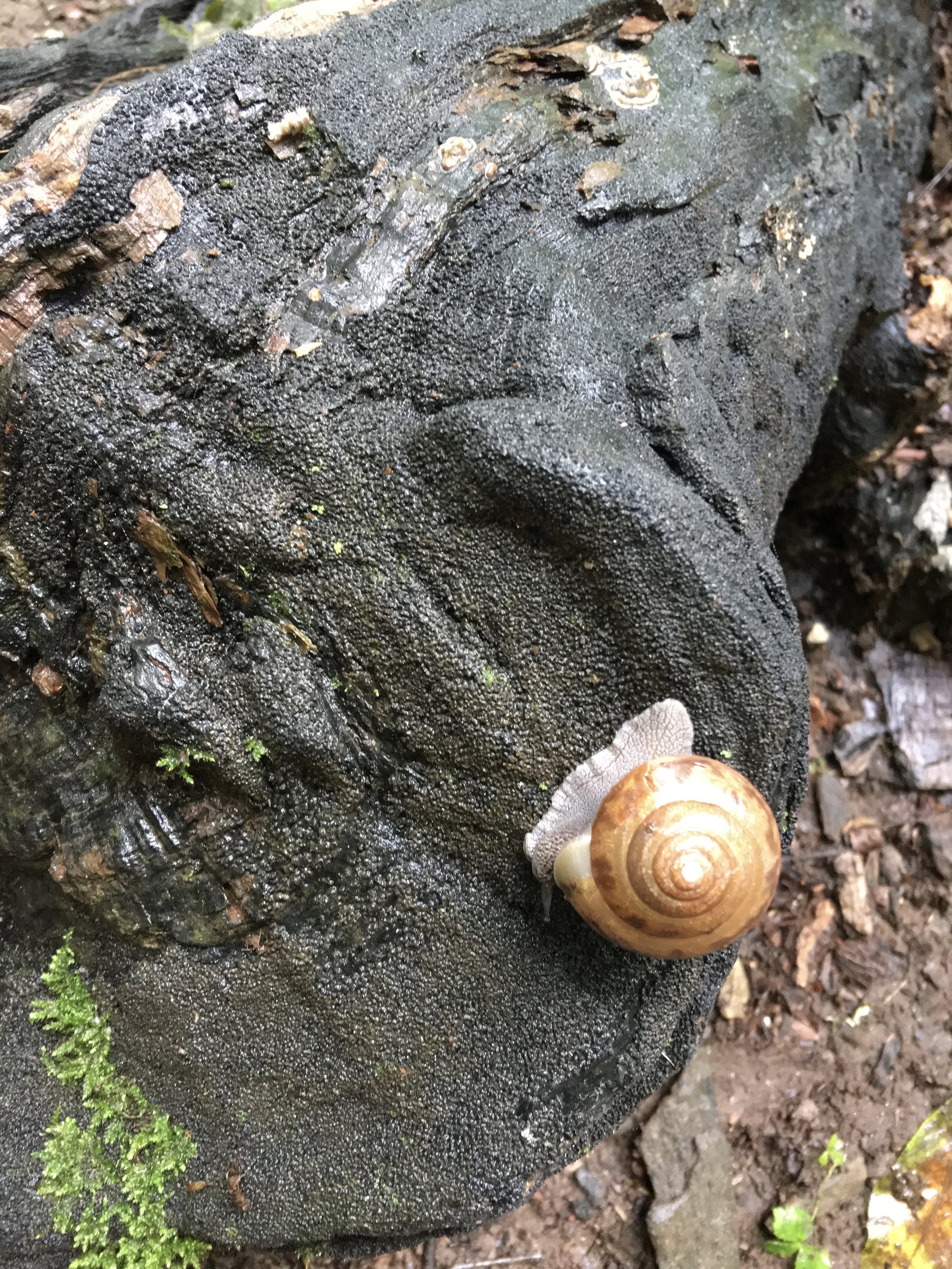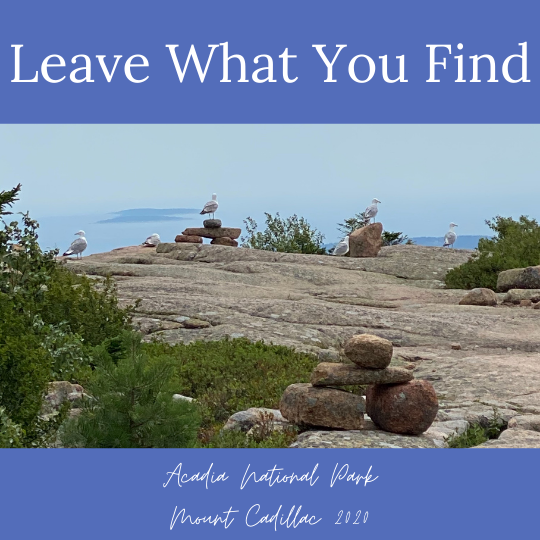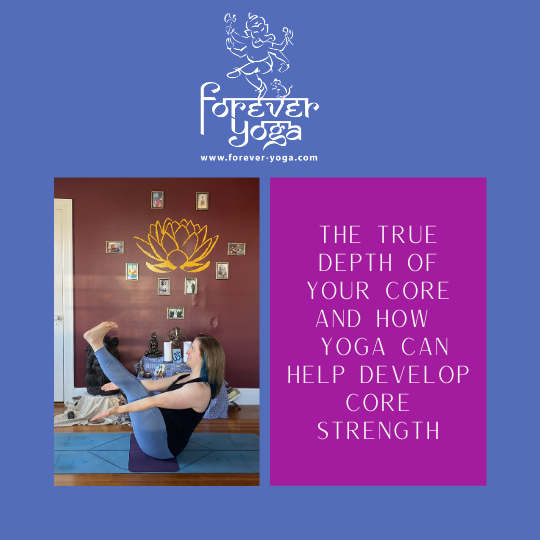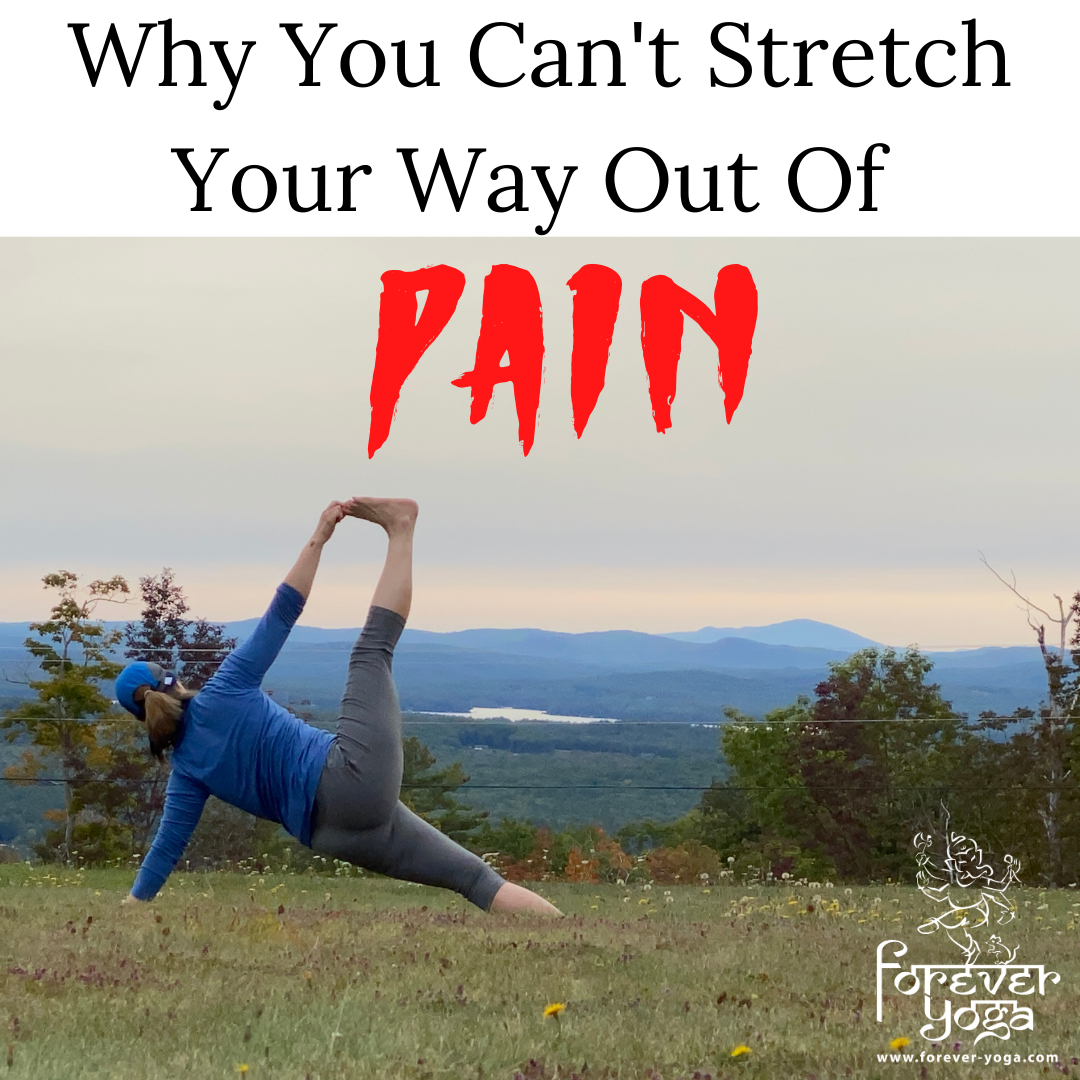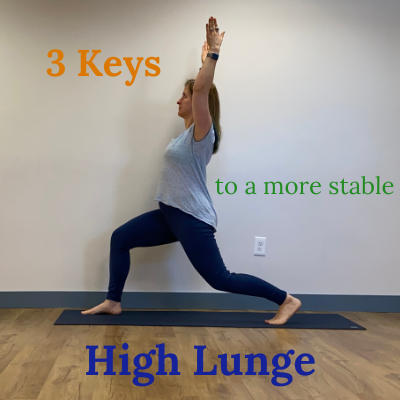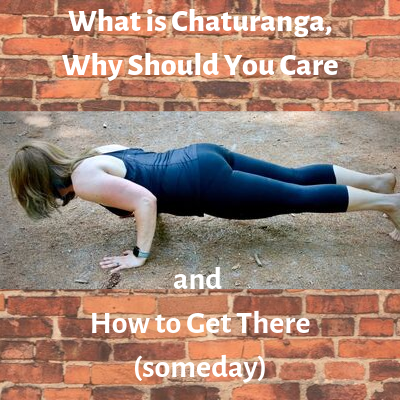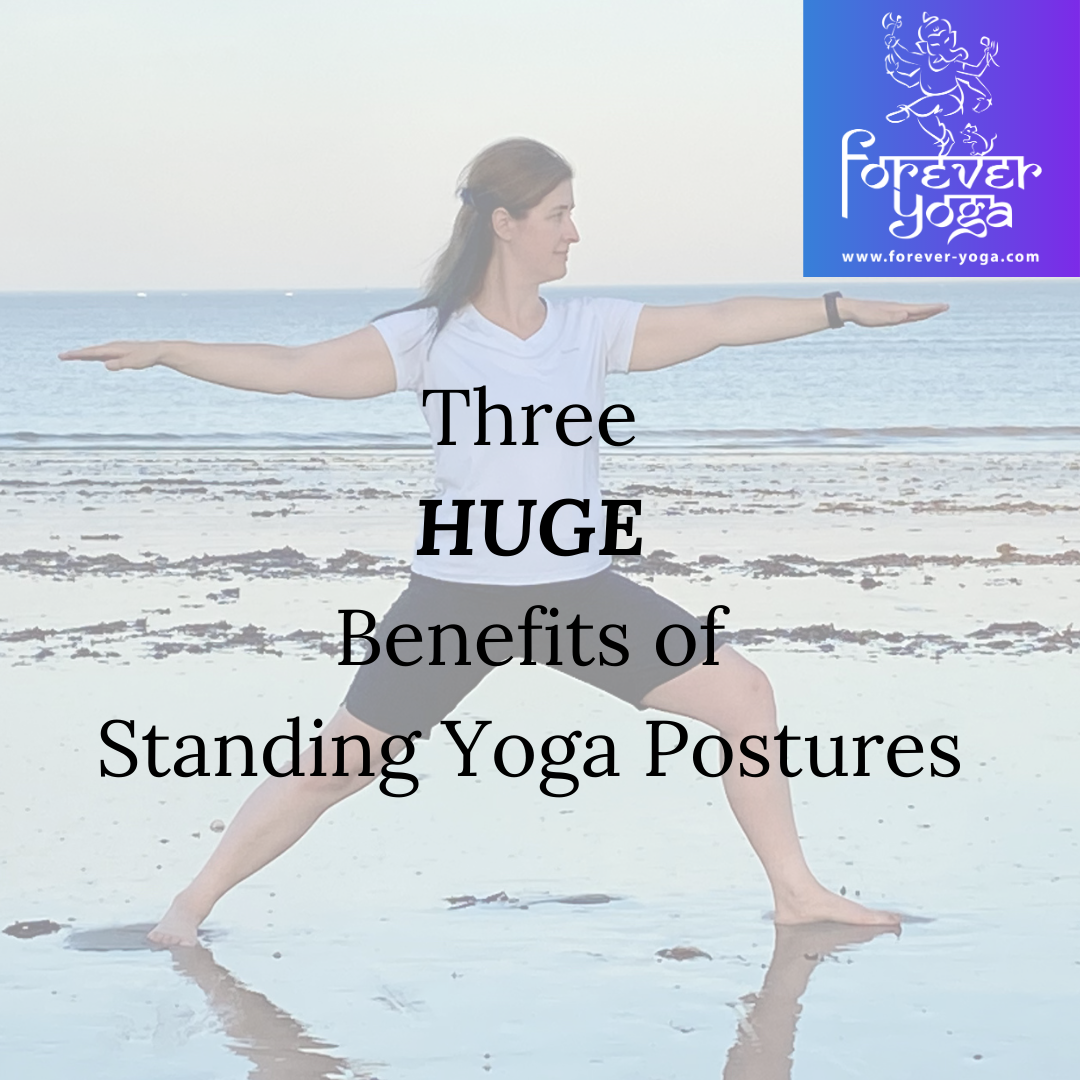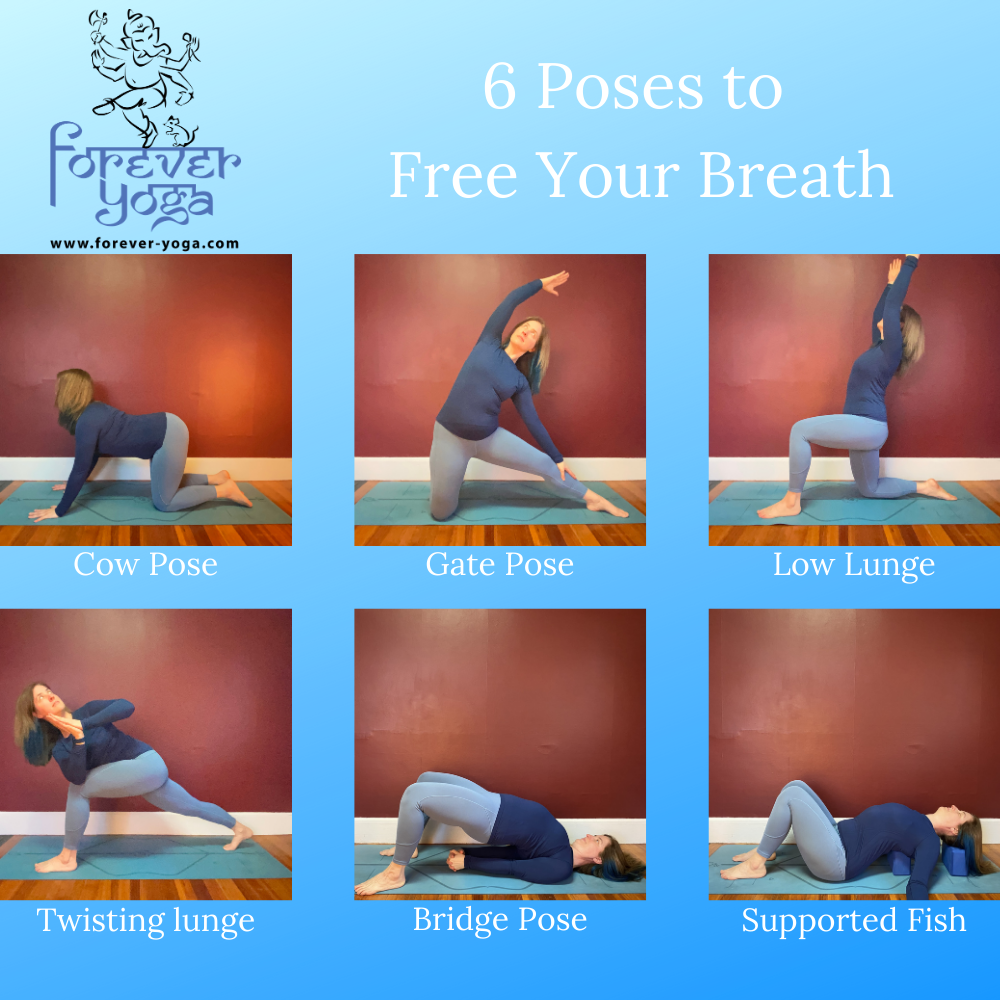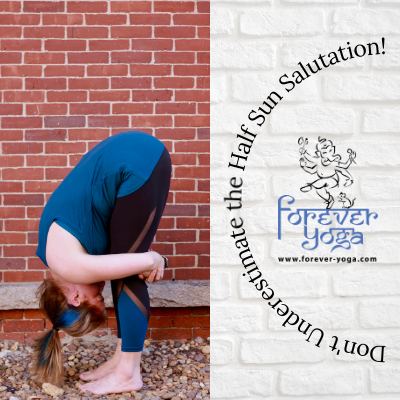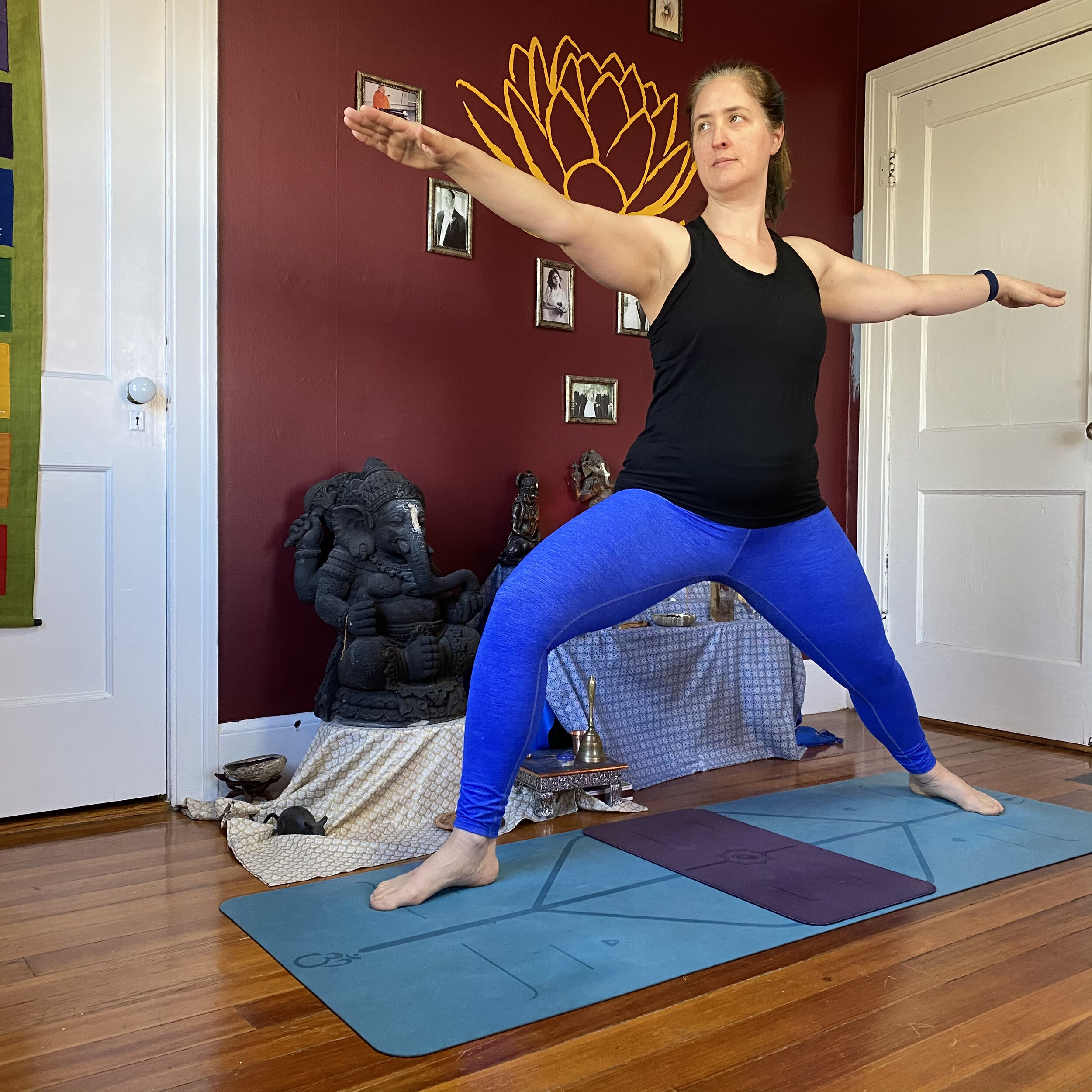The transition between winter and spring can be a deep time of transformation for the earth and for our own bodies and minds. I have a feeling that for many of us, this year this transition will reveal a lot of collective grief, and hopefully, some deep healing.
In fact, today marks the one year anniversary of the last public class I taught in the space in Milford. The memory of what transpired that day that prompted me to (what I thought was temporarily) close the studio doors in the interest of safety for everyone is still incredibly vivid in my memory. The governor’s announcements that afternoon, the small number of students that dared to show up that evening, my own fear and so many other factors.
What followed was a year of challenges and changes that no one could have imagined. I don't think it's being dramatic to say that our lives have been forever changed by what the pandemic brought to us and through us.
And I don’t think that is all necessarily negative.
The losses are unimaginable. If you have lost someone to this horrible virus I send you my deepest sympathies. There’s nothing that can be said to ease that pain and there’s no way to make sense of why that had to be.
In quiet conversations over zoom or the phone with others I also find myself and others saying that the way things were wasn’t really working. That things like being unable to see family, being unable to travel, being witness to the incredible suffering of the moment, job loss and job transformation amongst many other things have been incredibly clarifying. Would we have chosen it to go this way? Definitely not. But here we are. We are changed. Some things for the better.
As I look back, If I had to say what the biggest lesson I learned in this time was, and it’s really a fairly recent understanding, it would be simply this: Some things are not within my control.
No duh Jessica, I hear you say.
But hear me out - perhaps its my personality, but I have always believed that with hard work, dedication and the right tools, I could change whatever it was that needed changing. My health, my marriage, my financial situation, my environment, my teaching - anything. And in the last year I have definitely taken steps and worked hard to change all those things for the better. I’ve made conscious choices to make important improvements for myself whether it was getting out for daily walks with my husband during the month he was furloughed, taking a reading class, choosing to finish my 500 hour teacher training online, making a concerted effort to pay off personal debt, showing up consistently to teach online classes throughout it all when it would have been so easy to just quit and retreat into my own little world of fear and so many other small and large choices along the way.
It was absolutely worth the effort.
AND there is still a pandemic.
I can teach the best yoga class ever (whatever that means! 😂) AND some people will still not come. I can’t change that.
I can do everything within my power to stay healthy and well AND I will still age and I will eventually die. I can’t change that.
I can pay off my car and do regular maintenance all by the book AND a hurricane might come along and drop a tree on my car. I can’t change that.
What I CAN change is my attitude. What I can change is my death grip of thinking I have total control. Because I don’t. That realization has actually been a relief. I can continue to do the “right” things and know that it’s still worth the effort because I WILL change the things worth changing AND I can recognize that some things are not within my grasp. I can release myself from that heavy sense of responsibility that isn’t accurate at all.
As the Yoga Sutra says, we only see the world through our own lens of experience. Maybe your experience is different than mine. But I’m really glad to have come through this to this point (because as much as I would like it to be, it isn’t over) with a sense that I can drop the burdens that aren’t mine. That I can create change and do so much good and that some things just aren’t within my ability to change and that’s actually really ok. I can really engage in what I call Yes And Thinking and recognize that there is a yin and a yang, an up and down, a yes and a no and all of it is just as it should be.
AND I still can not wait to hug my parents again.
What’s your biggest takeaway from the last year?
I’d love to hear from you. Leave me a comment below or contact me privately here.
